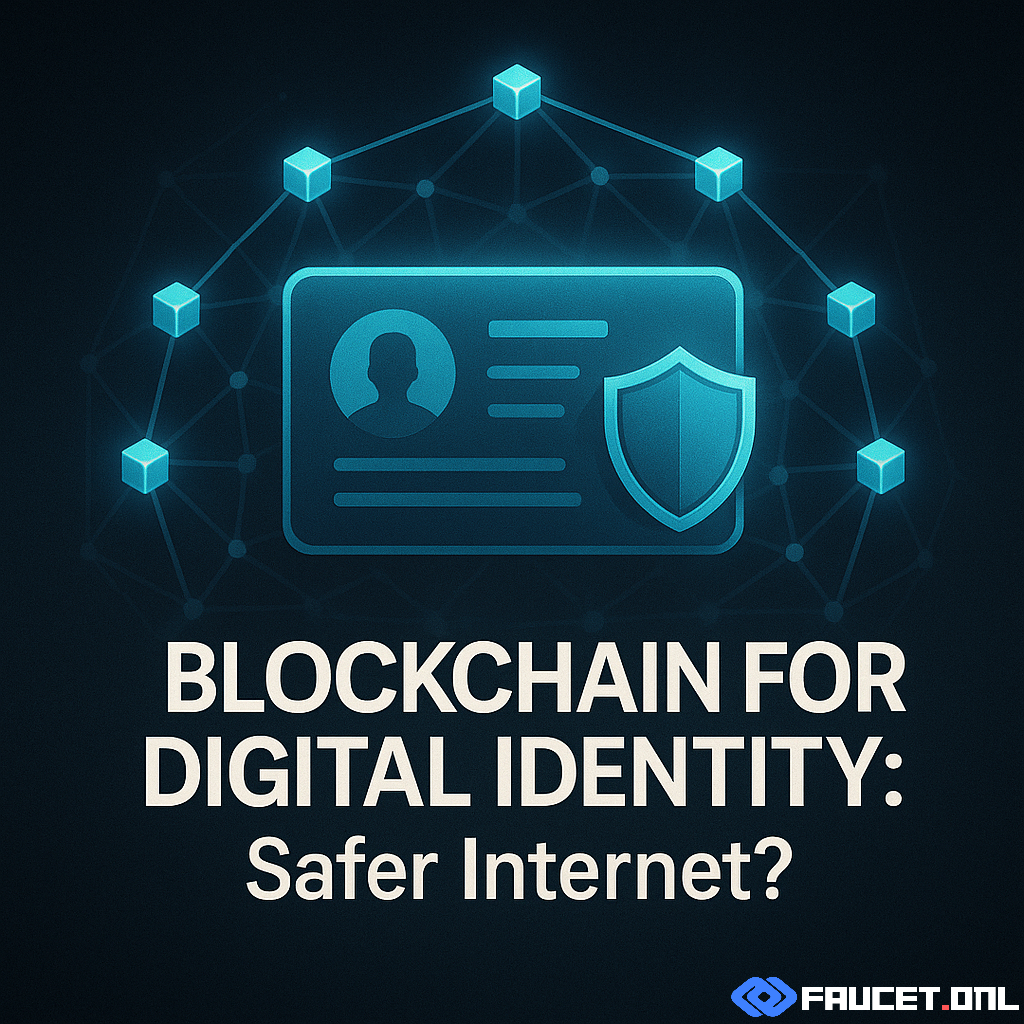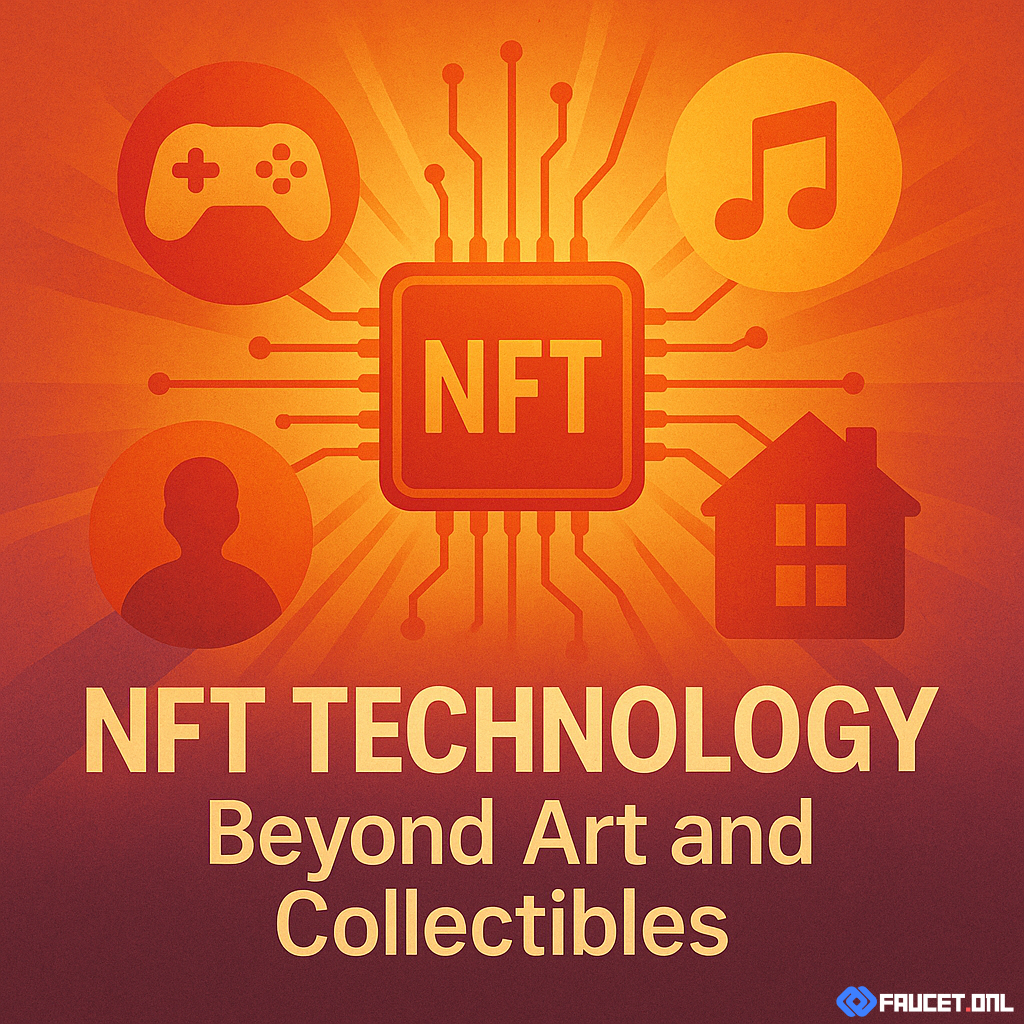Digital Identity Today: A Broken System
Every online service, from banking to social media, depends on digital identity. Yet the prevailing system—centralized databases managed by governments or corporations—leaves individuals exposed. High-profile data breaches, identity theft, and invasive surveillance are daily news. Users have little control over how their data is stored, shared, or sold. This system is not only insecure but fundamentally at odds with the idea of digital privacy.
As our lives become more digital, the risks of centralized identity grow. Data silos and weak authentication methods have made identity the “Achilles’ heel” of the internet. It’s clear that a new approach is needed—one that puts users in charge of their online personas.
Blockchain’s Role: Redefining Trust and Privacy
Blockchain introduces a paradigm shift for digital identity: decentralized, user-centric, and cryptographically secure. Instead of relying on a single authority, blockchain-based identity solutions distribute trust across a network. Credentials can be verified without revealing personal information, supporting both privacy and usability.
Projects like Sovrin, uPort, and Microsoft’s ION use blockchain to create “self-sovereign” identities—where you alone control your digital credentials. With blockchain, users can selectively disclose only what’s needed (e.g., proving age without sharing a birth date), reducing unnecessary data exposure.
How Blockchain Digital Identity Works
At the core of blockchain-based identity is the concept of decentralized identifiers (DIDs) and verifiable credentials:
- Decentralized Identifiers (DIDs): Unique, cryptographically secure IDs anchored to the blockchain. Users generate and own their own DIDs, not a central authority.
- Verifiable Credentials: Digital attestations—like a driver’s license or university degree—issued by trusted parties and stored in a user-controlled wallet.
- Selective Disclosure: Users decide what information to share and with whom. Advanced cryptography enables verification without exposing the underlying data.
When a service requests proof of identity, the user can provide cryptographically-signed credentials, which can be instantly verified on-chain. This process is transparent, tamper-proof, and doesn’t require the user to hand over their full digital history.
Challenges: What’s Holding Blockchain Identity Back?
Despite its promise, blockchain-based digital identity faces real hurdles:
- Adoption & Interoperability: Multiple competing standards and a lack of broad acceptance hinder cross-platform use.
- User Experience: Managing keys and credentials is complex for average users; seamless interfaces are still in development.
- Regulatory Ambiguity: Legal recognition of self-sovereign identity varies widely across countries and sectors.
- Scalability: High-volume, low-latency identity transactions challenge current blockchain infrastructure.
For privacy advocates, these challenges represent critical fronts in the ongoing struggle for a better digital future.
Future Potential: Privacy-First Internet with Blockchain
The vision for blockchain-powered digital identity is compelling: a safer, more democratic internet where users are the sole custodians of their credentials. In the future, logging into services, voting online, or accessing healthcare could be both convenient and private. Interoperable standards and regulatory support will be essential, but the building blocks are already here.
Privacy advocates see blockchain as a rare opportunity to reclaim digital autonomy and reduce dependence on centralized surveillance systems. As more organizations and governments explore self-sovereign identity, blockchain could play a decisive role in shaping the next era of the web.
Conclusion
Blockchain technology offers hope for a new digital identity paradigm—one that puts privacy, security, and user control first. While challenges remain, the movement toward decentralized identity is gaining momentum, promising a safer, freer, and more private internet for everyone.



